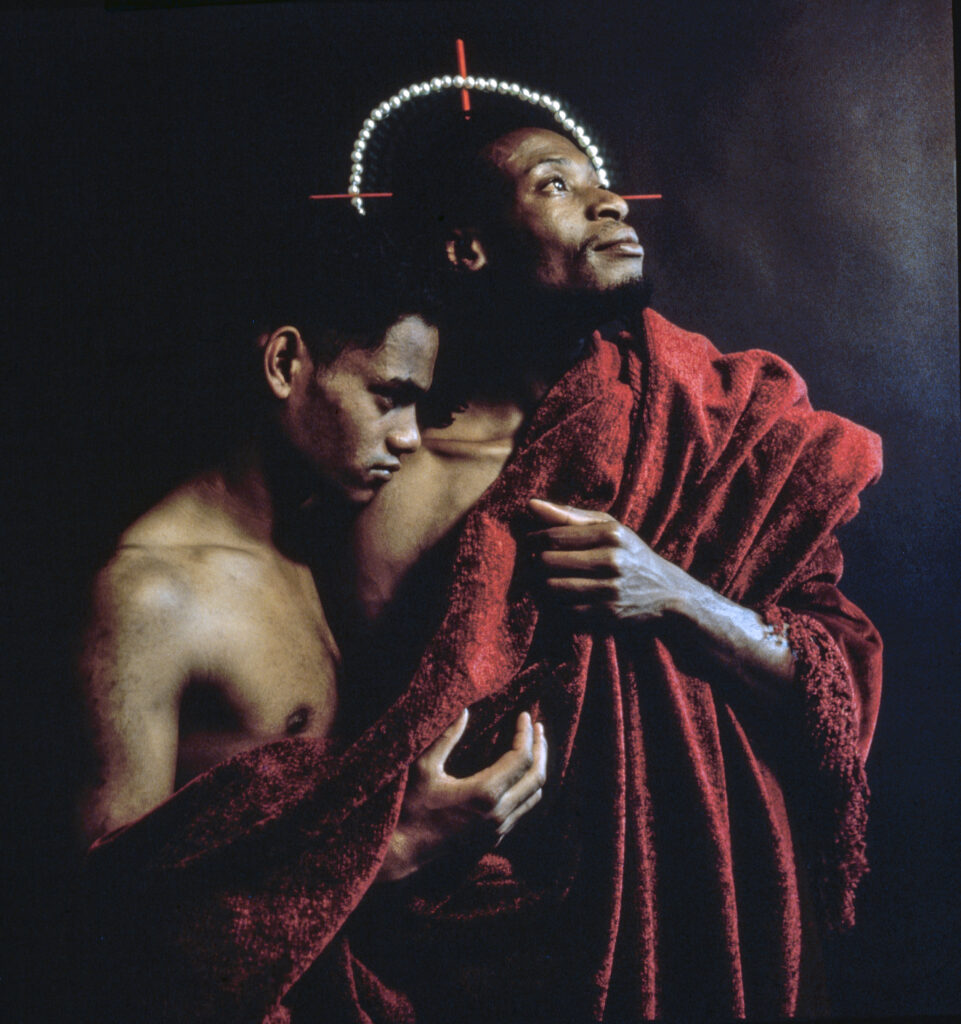Les Abattoirs Museum – FRAC Occitanie Toulouse
02.06.3_2021 > 29.08.2021
Revue Noire, a singular collection
by Annabelle Ténéze, Abattoirs Director - Musée Frac Occitanie
In the 1990s, Revue Noire, much more than a publication, was indicative of a dynamic urban culture in Africa. The exhibition returns to this new way of writing and to discover the different forms of contemporary creation on this continent.
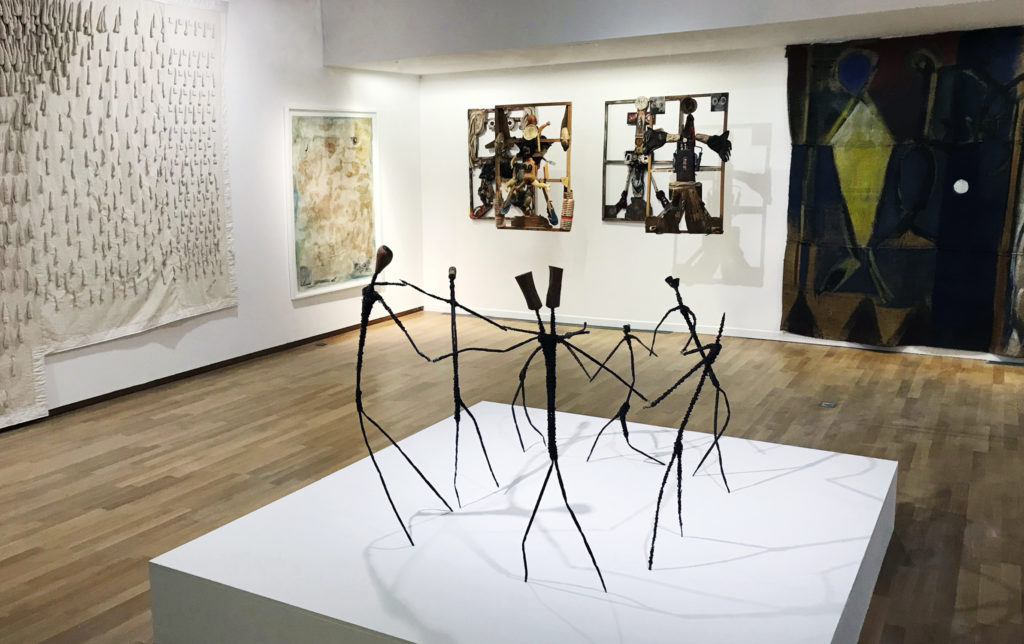
In 1990, the first issue of Revue Noire appeared. For more than ten years and with essentially personal funding, this publication has offered unprecedented research and dissemination of African artistic expressions. From 1991 to 2000, this quarterly reveals, in 35 issues, country by country, an artistic representation hitherto little seen and hardly reproduced, the desire being to report on the urban modernity and creativity of the African continent and the diaspora in its diversity. The magazine crisscrosses Africa and most of the continents linked to it, and devotes issues to Senegal, Benin, the Caribbean and the Indian Ocean. It strives to show forms of expression as broad as the visual arts, fashion, literature, cinema, but also photography, design, dance, or even music and cooking. An information tool, the magazine is also an artistic object. The choice is that of a large format edition, in color, leaving a lot of room for images and photography.
The exhibition returns to this new way of writing and to discover the different forms of contemporary creation in Africa. In order to understand the research activity and the process of producing this art magazine, the exhibition includes a selection of around thirty works of art that have been reproduced in certain issues. It also gives pride of place to photography with a panorama of nearly three hundred photos by some thirty historical and contemporary African photographers, underlining how Revue Noire, far from a simple ethnographic approach to the image, has made it possible to names on a particular story and artists. The presentation also gives an overview of how certain taboo subjects were discussed, notably AIDS, in videos.
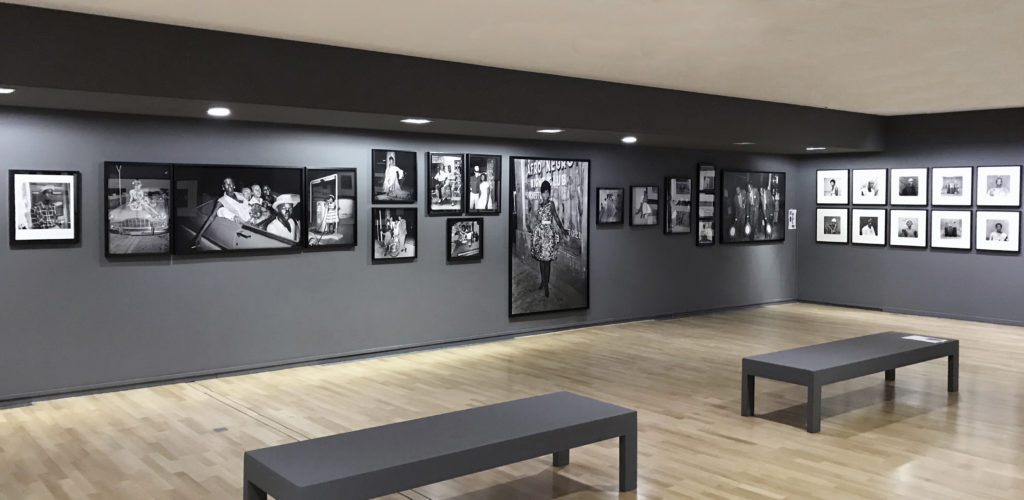
Much more than a publication, Revue Noire was therefore revealing of a dynamic culture in Africa and played a decisive role in the legitimization of African artists in the world of international art, now recognized as artists, even before being 'African artists'.
The creations of Joel Andrianomearisoa and Pascale Marthine Tayou also show in return how the artists have taken hold of the history of Revue Noire, now shared by all.
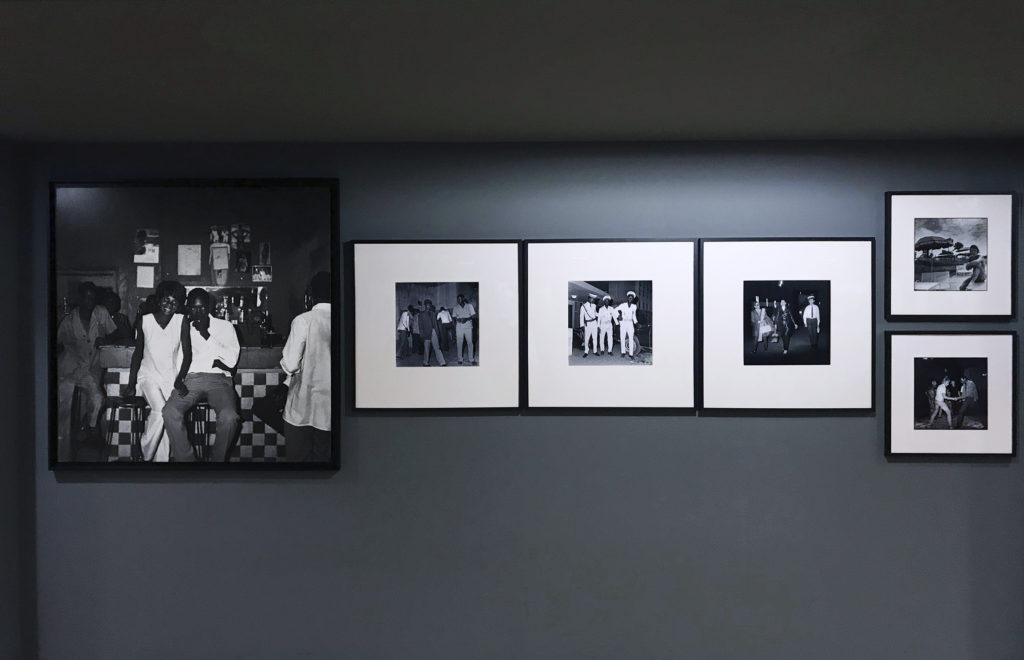
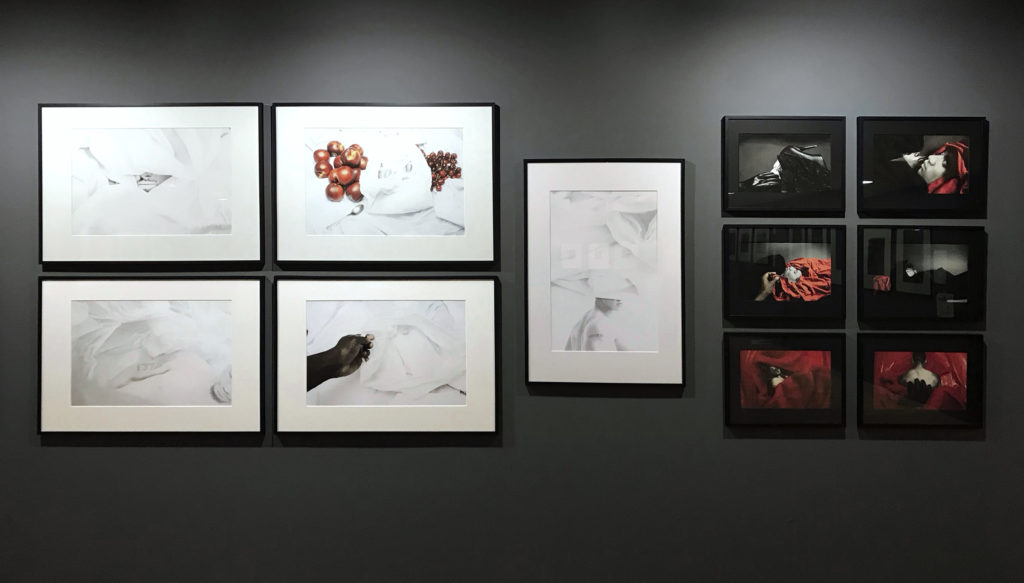
The founding members of Revue Noire are Jean Loup Pivin, Simon Njami, Pascal Martin Saint Leon and Bruno Tilliette, later joined by other members, including Isabelle Boni-Claverie, N'Goné Fall, Michèle Rakotoson. Today Revue Noire continues its history with the publication of art books, while the recent publication of 'Revue Noire – Histoire Histoires – History Stories' [éd. Revue Noire, 2020] on these moments of encounters.
Annabelle Ténéze, Abattoirs Director, Musée – Frac Occitanie Toulouse

